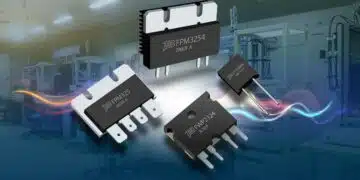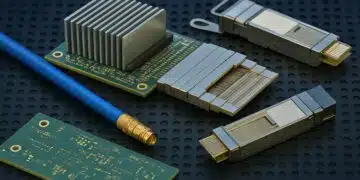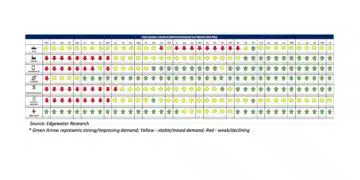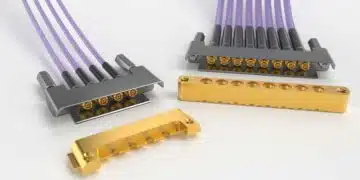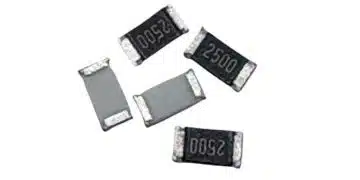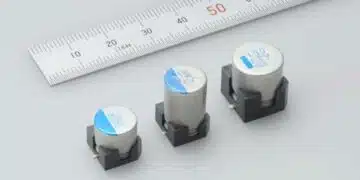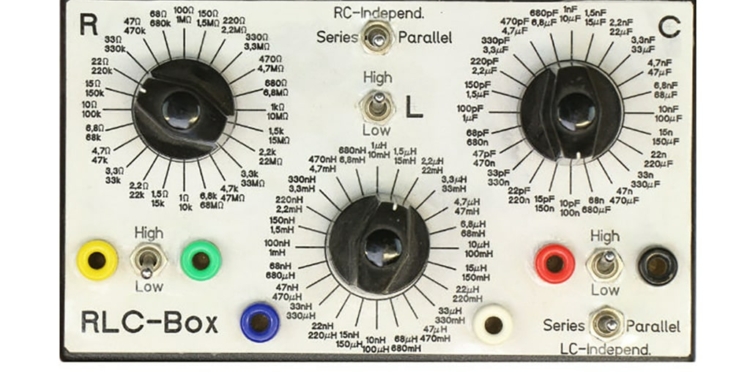Source: Kickstarter project
Electronic enthusiasts may be interested in a new versatile RLC-Box created by electronics hobbyist Roger Leifert based in Aachen, Germany. The project is kicked by Kickstarter, early bird pledges are available from €199 with worldwide shipping expected to take place during July 2019.
Dial in any value from 8 Decades Resistors, Capacitors & Inductors. R, L, C isolated or any possible RC, LC, RL, RLC combinations.
When developing electronics or doing repair-/restoration work you often need to find the right value of a resistor, capacitor or inductor or any series- or parallel-combination of them e.g. when finding the right values for a low-pass filter.
Instead of soldering together dozens of possible combinations or building it up on a breadboard, searching your parts bins for unavailable values etc. here you have one device that does it all.
With 3 rotary-switches you can select from 8 decades of values (E6-Series, roughly 50% increase per step; inductors only 7 decades).The rotary switches have 24 positions and 2 planes (“Upper”/”Lower”) that gives you a selection of 48 values. The resistors have a range from 1 Ohm to 100 Megohms and are 1206-SMD type with 1% accuracy (5% above 10 Megohms) and 0.5Watt power-rating.
The capacitors have a range from 10 pF to 1,000 µF. They are 1206-SMD NP0/COG ceramic-types (5%) from 10 pF to 68nF, then polypropylene 5% film-capacitors up to 680nF, then 5% standard film capacitors up to 68µF and above that electrolytic capacitors (20%). All capacitors have at least 50VDC/35VAC-rating and are low-loss/high-quality types to give the best performance also at higher frequencies.
The inductors have a range from 10nH up to 150mH. They are all ferrite-type inductors from reputable manufacturer FASTRON. Wherever possible we choose a type with >1A current capability, DC-resistance below 1 Ohm and 5% accuracy. The desirend current and resistance rating only holds up about the 100µH types. Above that you don´t get low-resistance/high-current inductors in form-factors suitable for the RLC-box.
All component-types with their characteristics and ratings will be listed in the manual. But the highlight is to connect the 3 indepent types of components in any useful combination of 2 or 3 in series and/or in parallel. 2 switches with 6 binding-posts make it possibe to quickly change not only the values but by switching the neighbouring component in series or in parallel to it.
That way you can get low-pass, high-pass, band-pass, band-stop, RLC series-tank circuits and RLC parallel tank-circuits. Low-pass and high-pass filters can be build with 6dB falloff per octave (=20dB/decade) with an RC-filter or 12dB/octave (=40dB/decade) falloff with an RLC-filter.
The necessary switch settings and connection diagram as well as the characteristics (-3dB corner-frequency) and circuit diagran for each of the above circuits will be detailed in the manual. Because the RLC-Box consists of purely passive components there is no EMI-emission, but the box is susceptible to strong electromagnetic fields due to the unshielded plastic case. Nevertheless I took all measures to make the RLC-Box also useable for RF-applications by minimizing parasitic inductances and capacitances. Those properties can only be determined in the finished product.
The general rating for the RLC-Box is max. 50VDC/35VAC and max. 150mA (rotary switch-current rating). The positive terminal (“anode”) of the electrolytic capacitors is marked by the red binding post, the negative terminal (“cathode”) by the black binding post. When using one of the electrolytic capacitors in the RLC-Box watch out for applying only positive voltages (“DC”) with the correct polarity or a mixed AC+DC-waveform where the lowest voltage in the waveform is still positive.
The RLC-box is easily repairable. All circuit-diagrams, component-values and characteristics and the design-files will be published after a successful run of the campaign under the Open Source Hardware license.


